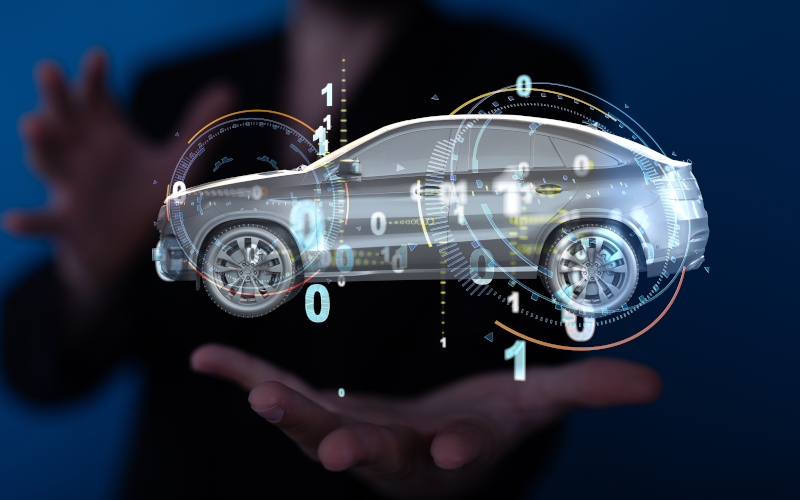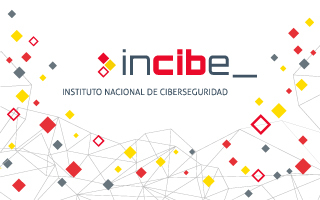
This article aims to present a brief example guide for an implementation of the new standard in a supplier's facilities.
Going through the critical points of the standard, a generic use case will be followed to exemplify how a vehicle manufacturer can adapt its processes to comply with the new standard in an efficient and effective way.
By presenting an overview of the standard and production processes, the aim is to provide a brief guide to serve as a starting point and help avoid common failures in industrial environments when faced with new regulations, such as redundancy of effort, inefficiency in resource management and deficiencies in the application of safety measures.

Organizations face the constant challenge of adopting new security strategies, such as the Zero Trust model, which operates under the premise of "never trust, always verify." This change is crucial especially in cloud environments, where identity and resource access management is more complex. In particular, the Secure Web Gateway (SWG) is a key system, which focuses on controlling user access to the web, protecting against web-based threats, and enforcing security policies. It acts as an intermediary between users and the internet, filtering and inspecting web traffic to ensure it meets the organization's security requirements.
However, implementing and managing SWGs presents significant challenges, such as integration with existing infrastructures, managing complexity, and scalability. These challenges require meticulous attention to ensure effective and efficient protection in the changing cybersecurity landscape. This article explores the purpose and function of SWGs, as well as their architecture, their ability to protect against cyber threats, and best practices for their implementation.

The digital twins are virtual recreations of real-world objects or processes. This innovative idea, proposed by Dr. Michael Grieves, has become increasingly relevant in various industrial sectors thanks to the advancement of technologies such as 3D modelling, the Internet of Things (IoT), the IIoT (Industrial Internet of Things), machine learning and big data. Its application makes it possible to simulate and analyse physical processes efficiently, thus contributing to the digital transformation of industry, also known as Industry 4.0.
The fundamental purpose of digital twins is to facilitate the understanding of how elements operate in the physical world. For example, in manufacturing, it is possible to create a digital twin of a factory and through simulations explore different scenarios: what would happen if a machine were modified, how would it impact production, and what would happen if a machine were changed? The digital twin provides answers before real changes are made to the physical environment, speeding up decision-making and optimising processes.

Durante este artículo indagaremos en el funcionamiento y objetivos de una nueva tecnología de nueva adopción en el campo de la ciberseguridad, consistente en la creación de señuelos o información engañosa dentro de un Sistema de Control Industrial, permitiendo detectar y retrasar la intrusión de un ciberatacantes en un tiempo menor.

The agri-food sector is one of the most critical sectors today because it is one of the most important sectors for the country's economy, as it produces food.
This sector, like many others, is in continuous evolution. An example of this is the automation and digitalization of the many processes that are carried out. These new technologies bring many advantages, such as more efficient processes, less water consumption, detection of possible risks, etc. These great advantages also bring with them some problems, such as increased exposure to cyber-attacks.
Therefore, this article provides some basic knowledge to make the industry aware of the importance of implementing cybersecurity in their technologies.

In the field of cybersecurity, CASB systems play a crucial role in providing an additional layer of protection for cloud applications. This approach prevents threats, detects malware, and ensures privacy in a digital environment, thereby addressing the growing need for data protection.
This article explores how CASB systems work, their key applications, and their benefits in terms of security and privacy, ensuring that applications operate by protecting data in cloud environments and maintaining fine-grained control over cloud operations. From vendor assessment to malicious behavior detection, its versatility extends, offering benefits such as risk mitigation and improved cloud security.

The automotive world has always been one of the most cutting-edge sectors in terms of the technology used, which is why today's cars are equipped with technologies such as Bluetooth, NFC, GPS, etc., which improve different aspects such as comfort, fuel efficiency and increased safety.
But these implemented technologies can also bring with them serious problems, such as the risk of cyber-attacks that can affect passengers in the vehicle, both at the level of personal data and physical security.
For this reason, this article aims to provide an insight into some of the cyber-attacks that smart cars have suffered and how cyber-security is evolving and adapting to make more and more vehicles cyber-safe.

Firmware analysis can help to uncover potential vulnerabilities that would otherwise never have been discovered.
Although there are multiple types of attacks on IoT and IIoT devices, this guide focuses on the firmware of these devices to check for potential vulnerabilities, using security testing and reverse engineering to allow for an in-depth analysis of the firmware.

External access provides great convenience to workers, as it allows them to access any industrial equipment deployed in the field from the office or even further away. However, this type of access can pose a number of security problems for the company. This article reviews the main problems and how to solve them.




